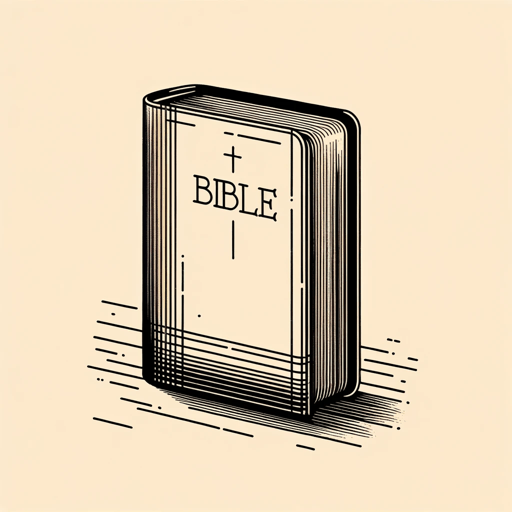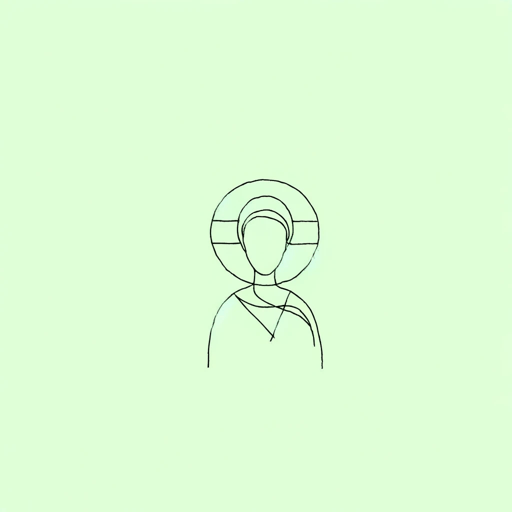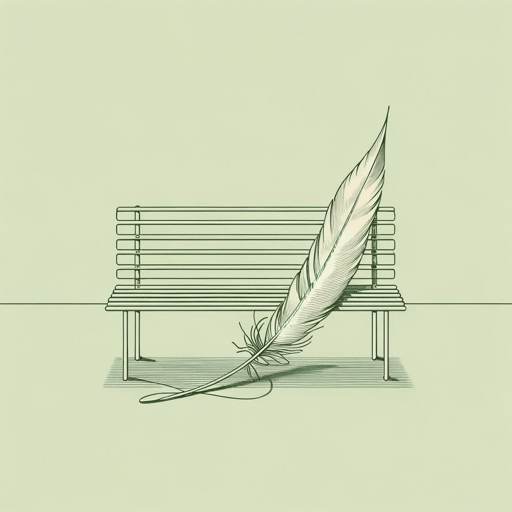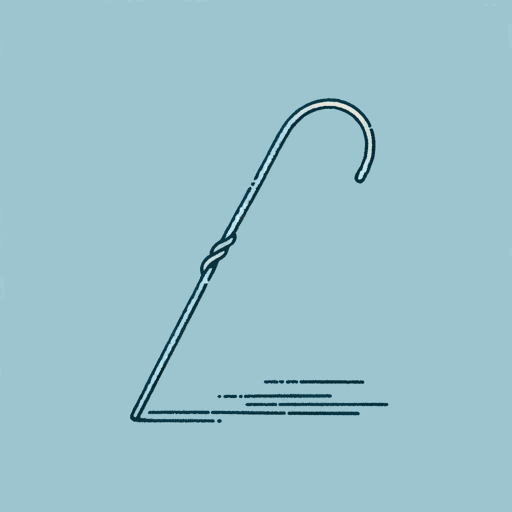34 pages • 1 hour read
Flannery O'ConnorWise Blood
Fiction | Novel | Adult | Published in 1952A modern alternative to SparkNotes and CliffsNotes, SuperSummary offers high-quality Study Guides with detailed chapter summaries and analysis of major themes, characters, and more.
Symbols & Motifs
The Essex
In the early part of the novel, Hazel Motes is almost irrationally obsessed with purchasing the Essex, and once he has it, he becomes infatuated with the car. In one sense, the Essex can be understood as an extension of Motes himself; like Motes’ psyche, the car is extensively damaged. Motes himself comes to wander somewhat aimlessly throughout the whole novel, and it is the Essex that allows him to do so: it is his home, his church, his entire life. In this sense, the Essex enables Motes’ wandering which, in turn, symbolizes his spiritual restlessness. Once the Essex is destroyed by a policeman, so too is Motes’ life. From that point onward, Motes loses the desire to preach about the Church Without Christ, and he resorts to punishing himself: he wraps barbed wire around his chest, walks with glass and stones in his shoes, and blinds himself with lime. The destruction of the Essex represents the destruction of Motes’ dreams.
Coffins
Coffins serve as a symbol of doom in Wise Blood. From the moment Hazel Motes steps off the train into Taulkinham, he is doomed, and coffins appear constantly throughout the
Related Titles
By Flannery O'Connor

A Good Man is Hard to Find
Flannery O'Connor

A Late Encounter with the Enemy
Flannery O'Connor

Everything That Rises Must Converge
Flannery O'Connor

Good Country People
Flannery O'Connor

Parker's Back
Flannery O'Connor

The Displaced Person
Flannery O'Connor

The Life You Save May Be Your Own
Flannery O'Connor

The Violent Bear It Away
Flannery O'Connor

